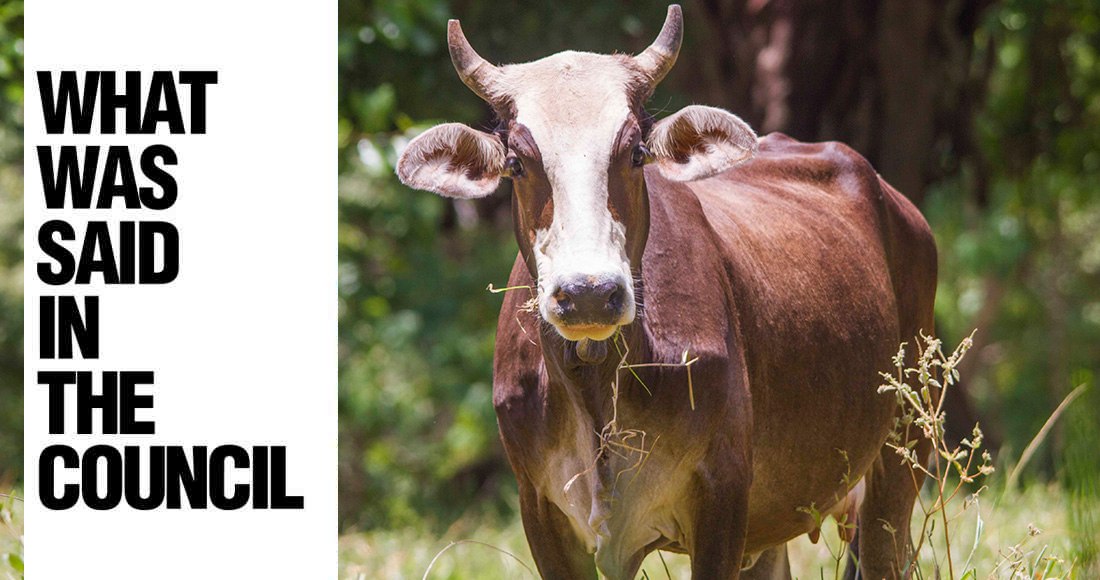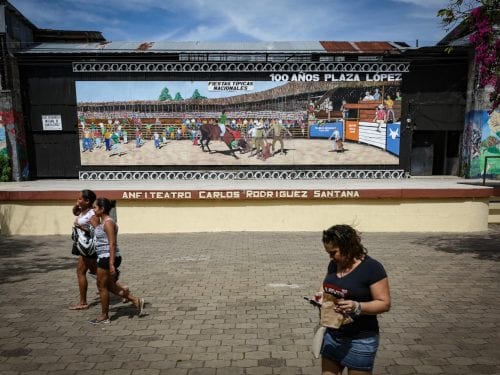
On Tuesday, September 22, during the ordinary session of the Santa Cruz Municipal Council, councilors approved an agreement in support of a bill to create a meat processing and packaging plant.
Luis Fernando Mendez, a representative of the National Production Council (CNP – Consejo Nacional de Produccion), and Marco Antonio Briceño, a delegate from the processor, submitted a bill to the municipal council that would cost ¢3,099,943,759($5,810,000).
According to Briceño, the slaughterhouse would benefit some 5,900 cattle ranchers in the Nicoya Peninsula. Currently, Guanacaste has three official slaughterhouses.
Mendez said that the initiative for the meat processing plant, which was brought up by a group of cattle ranchers, is already supported by the CNP, but that for now the project is awaiting the feasibility study.
In addition to feasibility, the project will have to undergo technical, environmental, financial and organizational studies. Having completed those processes, the plant could be built during mid-2016.
The project has already been allocated a hectare (2.5 acres) of land that was donated by the municipality. The property is located in Barrio Limon in Santa Cruz.
According to estimates produced by cattle ranchers, the plant would benefit more than 160,000 consumers and supply more than 1,900 meat vendors.
For now, the project has $150,000 in funding from the Spanish International Cooperation Agency (AECID – Agencia Española de CooperaciónInternacional). However, further contributions are expected, from INDER, the Development Bank (Banca de Desarrollo), the Development Weaving Program (ProgramaTejiendo de Desarrollo) and the Ministry of National Planning and Economic Policy (Ministerio de Planificacion Nacional y PoliticaEconomica).
Councilor Maria Rosa Angulo added that, although she is excited by the project, she believes that communities should be prepared so that they are able to apply for jobs the slaughterhouse will generate.
“Hopefully what happened with tourism won’t happen here – that when the boom came people weren’t ready. I would like for [efforts] to prepare communities to start, so that later people from other areas don’t have to be brought in to work,” said Angulo.
For the first phase, the slaughterhouse will create 50 direct jobs, though that number could reach 100.







Comments